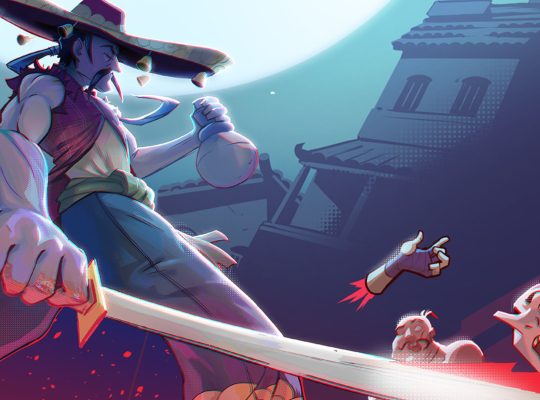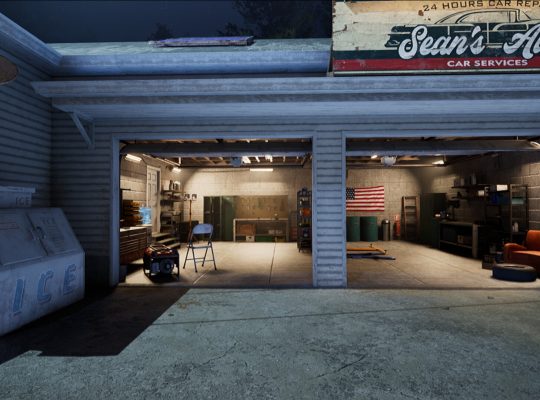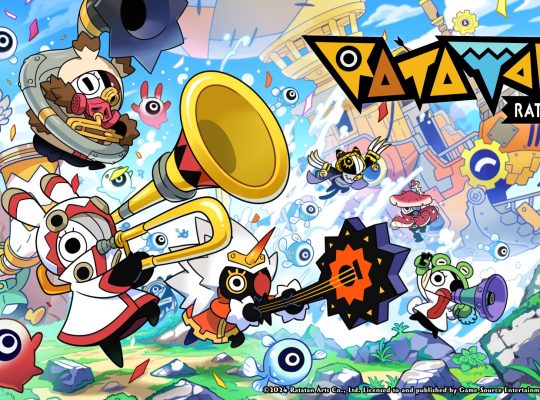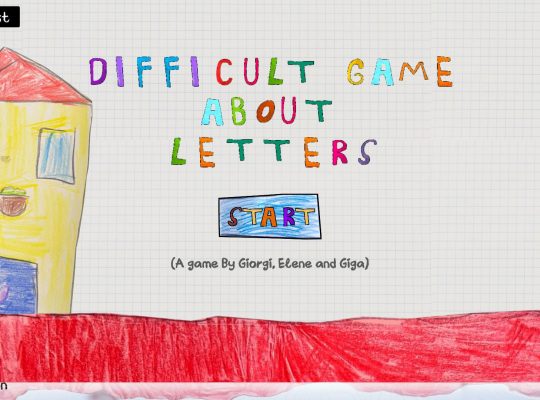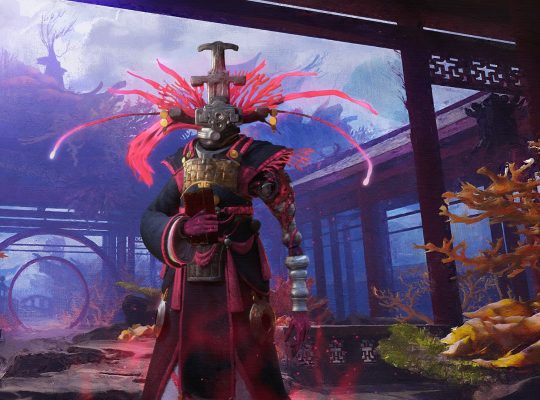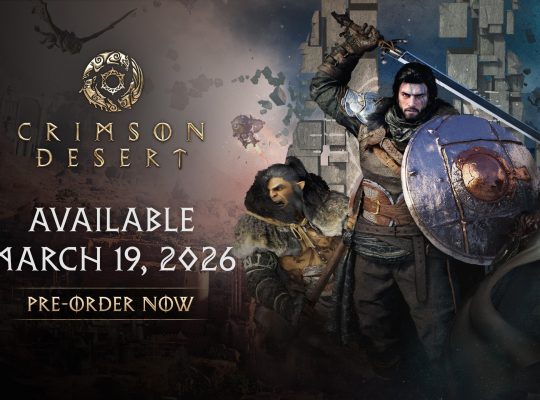Coming from the creators of Station to Station, Town to City promises a cozy, wholesome experience that perfectly blends city-building and management. It makes a decisive shift away from hardcore economic simulation and toward creative, organic design and relaxed gameplay. This niche emphasizes aesthetic freedom and simple progression, making it a great experience for those who prioritize vibes and visuals over complex spreadsheets or high-stress crisis management. Keep in mind that this approach means Town to City won’t be for everyone.

Town to City’s Relaxed Approach to City Management
The core loop of Town to City is centered around turning a small, empty settlement into a prosperous city. You begin by building homes and basic shops to satisfy the immediate needs of arriving citizens. The progression is tied directly to citizen happiness and population growth. Happier citizens attract more people, and reaching certain population thresholds (Dwelling, Hamlet, Village) unlocks new buildings, services, and decorations via a simple research tree.
What sets this game apart is its truly grid-less construction system. Unlike other city builders that rely on rigid squares, Town to City lets you lay winding, organic roads and place buildings with free rotation and pixel-level precision. This freedom encourages deep creativity, letting you build towns that feel unique and authentic: complete with alleys, natural park layouts, and houses tucked into hillsides.
The economic and management layer is intentionally light. You primarily manage connections between residences, shops, and warehouses to ensure citizens get goods (food, clothing, entertainment) and assign workers to jobs to watch the supply chain function. A simple farming system adds minor complexity later. However, the simulation remains streamlined: there are no complex logistics, budget crises, or natural disasters.
The “challenge” mostly comes from space management and optimizing the placement of happiness-boosting decorations. The game feels less like a city simulator and more like a detailed beautification tool with a satisfying progression system. Decoration is so important that it even has expanded research options. As your city grows, your technology expands; all you need is a research center and time to unlock new items.

Brilliant Tier System
The game’s primary appeal is its well-executed tier system, which is managed by a Research Center that generates points based on employed citizens. Advancing through the current eight tiers is fast and relies on maintaining a happy citizenry to unlock new shops, buildings, and features. It supports a passive, “idle” playstyle, you can leave it running without fear of bankruptcy, but progress is capped by limits on both research points and money.
Citizens fall into three classes: Townsfolk and Artisans (who hold different job tiers), and the non-working Bourgeoisie. Notably, both Artisans and the Bourgeoisie demand luxury items from special shops to be satisfied, and the Bourgeoisie are heavily taxed once you unlock City Hall. Although population control is the most complex part of the game, it’s actually very easy to understand and master.
The primary campaign currently offers only two maps. Both existing maps provide plenty of quests: one is a general city-building theme, while the other focuses on farming. Meanwhile, the Sandbox mode offers five maps where you can do both from the start. While this is an Early Access title and more features are planned, the current map variety is lacking. The only real differences are minor terrain features like lakes or cliffs.
Town to City uses a gorgeous and distinct voxel-based art style. This look is clean, colorful, and highly expressive, often compared to a detailed, idyllic Mediterranean village built in “19th-century Minecraft.” The towns feel alive: if you zoom in, you can see voxel citizens bustling through the environments you built. This visual polish makes decorating incredibly rewarding, as your creations look genuinely beautiful and vibrant.

An Escape from Stress
Returning to the point that this game isn’t for everyone: its simplicity and entire goal are to help you relax after a hard day or provide an escape from high-stress games. I can’t overstate how easy and beautiful this game is. It’s extremely well polished, and I found no bugs or glitches, even though it’s still in Early Access. Though you can complete the main content in a few hours, it’s a very worthy experience. It gives me Tiny Glades vibes, but with more detail and player control. Overall, this is a great city-builder.
Pros
- Cozy, Relaxed, and Low-Stress Gameplay: The game makes a decisive shift away from hardcore economic simulation and budget crises, providing an escape and a highly relaxing experience.
- Truly Grid-less Construction System: Offers deep creative freedom, allowing for organic roads, winding alleys, and precise, unique building placement for an authentic town feel.
- Gorgeous Voxel-Based Art Style: Uses a clean, colorful, and highly expressive aesthetic (“19th-century Minecraft”) that makes the towns feel genuinely beautiful and vibrant.
- Effective Tier System with Idle Play: The Research Center-based tier system is fast, easy to understand, and supports a passive or “idle” playstyle for gentle progression.
- High Polish and Stability (Early Access): The game is “extremely well polished” with no reported bugs or glitches, which is a significant achievement for an Early Access title.
Cons
- Lack of Deep Economic/Management Challenge: The simulation is intentionally light, with no complex logistics, budget crises, or natural disasters, which may not satisfy strategy-focused players.
- Limited Map Variety (Early Access): The primary campaign currently offers only two maps, and the five maps available overall have only minor terrain feature differences.
- Short Main Content Duration: Though future features are planned, the main content can be completed in “a few hours,” suggesting limited longevity in its current state.
- Not for Everyone (Simplicity): The game’s explicit focus on simplicity and relaxation means it will not appeal to players who seek high-stress crisis management or complex spreadsheets.
- Primary Challenge is Decoration/Space: The core “challenge” largely boils down to simple space management and optimizing the placement of happiness-boosting decorations.
Review copy provided by the publisher
4




